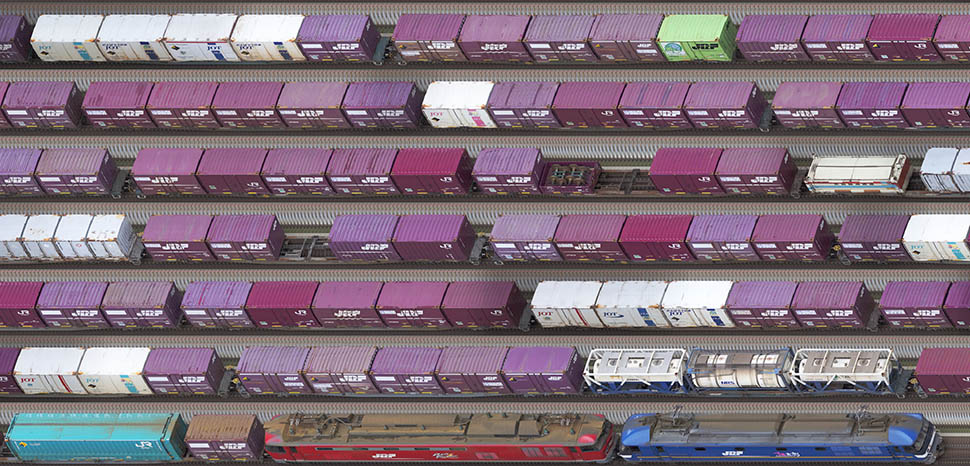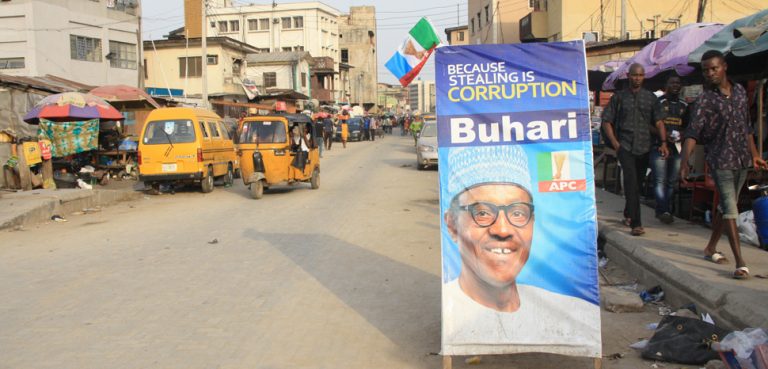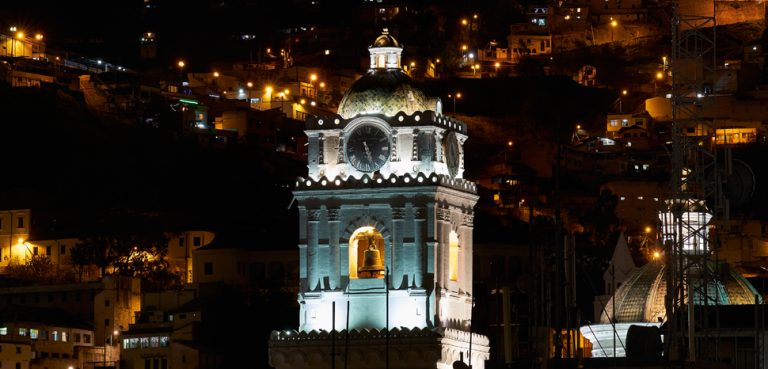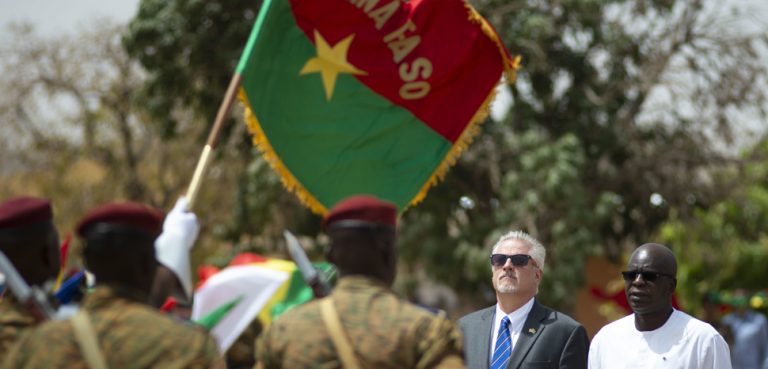There were many, many, many speeches, announcements, meetings, side meetings, and agreements during the recent UN General Assembly (UNGA). In this cacophony of information, which addresses just about every issue happening across the globe, it is easy for one announcement to get lost. That is precisely the case of a protocol signed in New York by the foreign affairs ministers of Georgia, Ukraine, Azerbaijan, and Moldova (GUAM) to create a free trade zone. With the new deal, GUAM, a long-dormant regional grouping, may get a second life.
Reviving GUAM via trade
GUAM is arguably one of the most obscure regional blocs today. The bloc was conceived in 1997 by the governments of Georgia, Ukraine, Azerbaijan, and Moldova, and a charter was signed in 2001. Uzbekistan was a member from 1999 to 2005; hence GUAM was temporarily known as GUUAM. The bloc’s full name is GUAM Organization for Democracy and Economic Development, with a secretariat headquartered in Kyiv, Ukraine. The organization has a rotating chairmanship, with Moldova holding the chair as of 1 January.
The bloc has several projects and working groups to promote development and cooperation among its members. For example, the 21st meeting of the GUAM Working Group on Transportation occurred virtually this past 14 September. There is also a Working Group on Science and Education cooperation.
On the sidelines of the UNGA, the 39th meeting of the GUAM Council of Ministers of Foreign Affairs took place. The ministers signed various documents, including a protocol on rules for determining country of origin, an agreement to establish a free trade area, and a convention calling for mutual assistance in consular matters.
The protocol on free trade is based on the 2002 Agreement on Establishment of Free Trade Area between the GUUAM Participating States. Thus Article 4 of the protocol notes that it is “an integral part of the agreement and shall enter into force from the date of deposit of the second notification to the depositary on completion of all necessary domestic procedures by the contracting parties, for its entry into force.” Article 5 adds that the protocol “does not affect the rights and obligations of the parties arising from other bilateral and multilateral treaties/agreements to which they are parties.”
The Georgian media reported on the ministerial meeting at UNGA and the Protocol, noting that the ministers “emphasized the importance of ‘coordinated interaction’ between member countries within the framework of international organizations, while noting the existing formats of cooperation with partner countries and perspectives of their expansion.”
We will have to wait and see which two countries are the first to deposit their notifications. While a free trade zone between the four states sounds like a good idea, it is unclear if this project is a priority for any of them. Although this analysis focuses on GUAM and the FTA from a foreign policy and domestic point of view, there is an obvious economic and trade side to take into account. To what extent will the FTA help GUAM member states? How much intra-regional trade exists, and how much could trade realistically occur if the FTA is ratified?
Challenges and integration
GUAM’s projects are noble; however, the members of this particular bloc have had their share of challenges in the past couple of decades that affect integration attempts. These challenges include the 2008 Russian-Georgian War, the 2014 Ukraine crisis, the 2020 Nagorno-Karabakh war between Armenia and Azerbaijan, the 2022 Russian invasion of Ukraine, the COVID-19 pandemic, and other priorities for each government. Thus, it is no surprise that GUAM is on the proverbial “backburner” rather than at the forefront of integration and development projects.
Moreover, a discussion of an FTA within GUAM must also consider the security challenges that will affect their members’ trade and industrial capabilities. Case in point, Ukraine is still fighting a war with Russia, while Azerbaijan and Armenia continue to be engaged in border violence. There are also concerns that, depending on the war, Moldova and Moscow-friendly Transnistria could be dragged into the conflict.
Moreover, there are also political challenges, particularly for Moldova. President Maia Sandu has a trade-oriented policy and is looking for allies to minimize her country’s reliance on Russia, but tense Chisinau-Moscow relations and the war have hit Moldova’s economy hard. As a result, the cost of living is increasing, including higher energy prices affecting the general population. On 25 September, thousands of Moldovans protested against Sandu in Chisinau. As winter comes, the situation will probably become even more problematic. Should the protests and discontent force the Moldovan government to call for elections to elect a new prime minister, the next PM could be less interested in GUAM and free trade.
On a more optimistic note, the four GUAM countries have generally supported more open trade and integration policies since the war started. Georgia, Moldova, and Ukraine have all applied to the European Union; in June, Brussels granted the coveted “candidate status” to Chisinau and Kyiv, while Tbilisi “should become a candidate too once it completes the necessary reforms.” Meanwhile, Azerbaijan is heavily investing in its transportation infrastructure and energy industries to become a supplier and corridor for the European market. The country is a member of the Trans-Caspian International Transport Route (TITR), more commonly known as the Middle Corridor, along with fellow GUAM member Georgia. Azerbaijan and Caspian Sea-neighbor Kazakhstan are arguably the axis of the Middle Corridor.
From an academic point of view, GUAM has received minimal coverage. For example, the Azerbaijani-based think tank Topchubashov Center discussed in 2021 how GUAM could be revived by creating bloc-to-country strategic partnerships, like GUAM + Turkey or GUAM + Poland. However, the war in Ukraine has put potential partnerships on hold.
Looking ahead, it is too soon to be sure whether GUAM member states will ratify the free trade area soon or if the project will be placed on hiatus. Indeed, all four member states have other priorities, as we have discussed. Hence governmental attention will likely be focused elsewhere. There is also the question about to what extent an FTA could help financially GUAM countries compared to other projects, such as European Union membership or the Middle Corridor.
With that said, I would argue that GUAM is a regional bloc that has not demonstrated its usefulness to its member states compared to other organizations or projects that GUAM member states are part of. Therefore, if ratified, a free trade area would not only help GUAM member states but also help GUAM the organization validate its existence.
The views expressed in this article belong to the authors alone and do not necessarily reflect those of Geopoliticalmonitor.com




